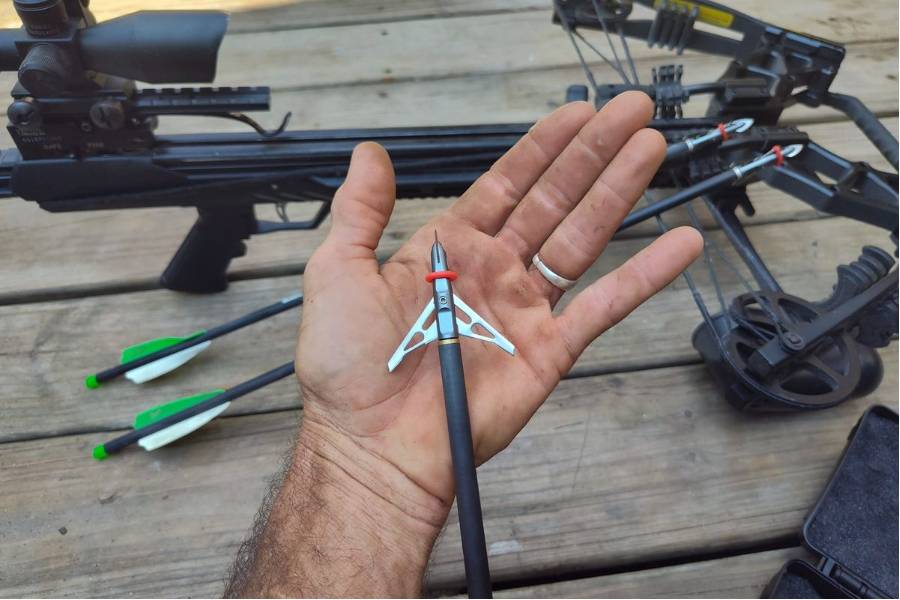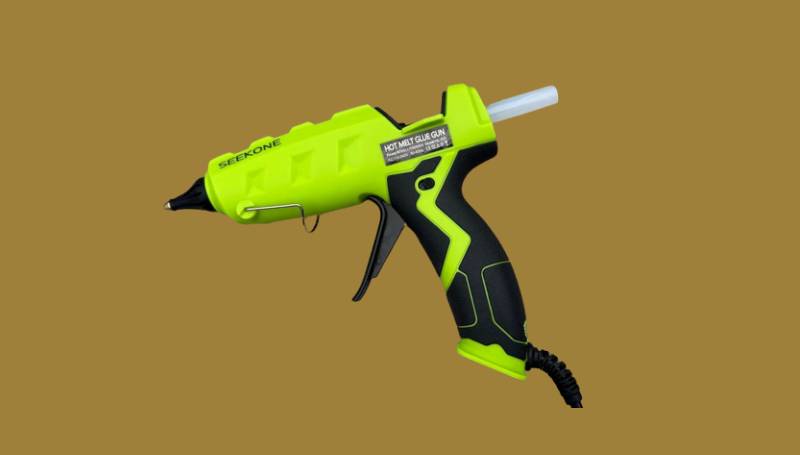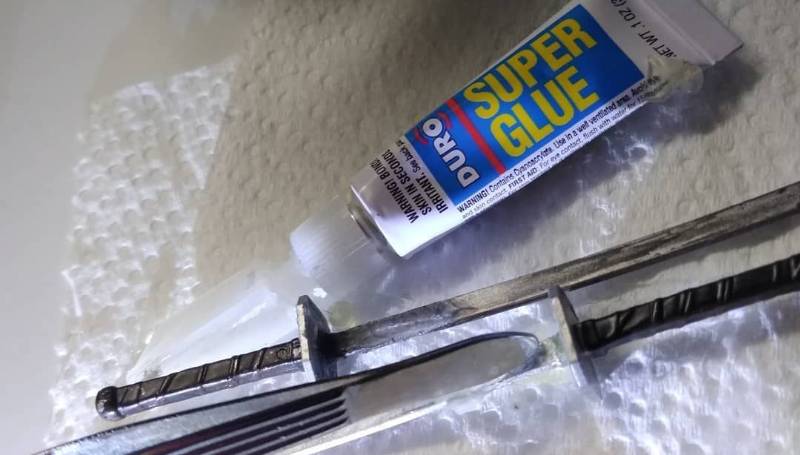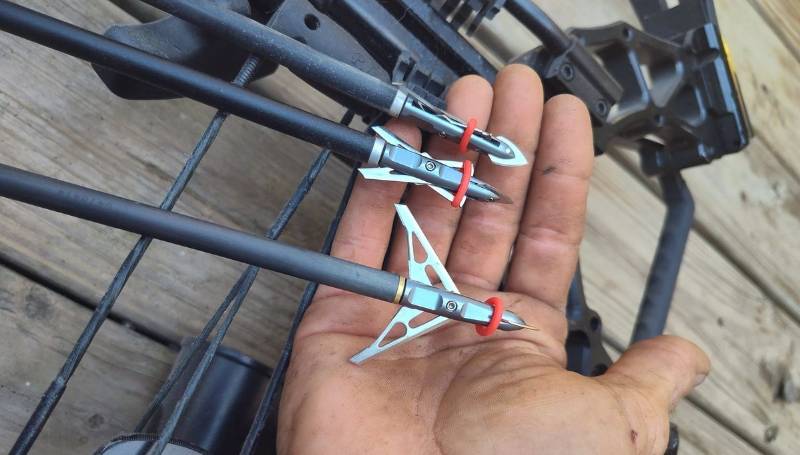
From medieval roots to modern passion, archery and bowhunting remain timeless pursuits. And the popularity of bowhunting is on the rise. Official data indicates that active participation in archery among Americans surged from 21.6 million in 2016 to 22.8 million in 2021. Not only that, in 2022, the United States saw a peak of about 4.74 million participants in bow hunting, marking an uptick of nearly 160 thousand from the prior year.
In both archery and bowhunting, you need to invest in the right tools for ultimate accuracy. Now, what is essential to do some bowhunting on your own? You need to invest in the right equipment including – crossbow for hunting, crossbow scope, ground blind for bow hunting, single pin bow sights, and a couple of broadheads.
Broadhead is the essential part of an arrow because it determines whether you will kill your target in one shot or not. In this article, we will focus on broadheads and, specifically, we will provide more details on how you can screw on your broadhead effectively and in particular what should be used to screw on broadheads.
What Should Be Used To Screw A Broadhead
Choosing the right tools and materials is essential to ensure a secure and reliable attachment. Let’s see the various options available and insights into which tool and glue are best suited for your broadheads.
Tools to Be Used
The tool you use to attach broadheads depends on the kind of broadhead you’re using. Let’s break down the suitable tools for each type:
Fixed-Blade Broadheads
You can use a screwdriver or an Allen wrench for fixed-blade broadheads. Using these tools ensures that the broadhead is securely fastened to the arrow shaft. This snug fit is crucial to prevent any wobbling during flight.
Mechanical Broadheads
Mechanical broadheads are usually equipped with their own proprietary mechanisms for expansion. They are designed to deploy upon impact to eliminate the need for any additional tools during installation. However, make sure to follow the manufacturer’s instructions to ensure proper deployment.
Removable Blade Broadheads
Hybrid or removable broadheads, which feature removable blades, often come with specific tools for attaching and replacing blades. These tools are designed to secure the blades onto the broadhead’s ferrule. You should use the tool provided by the manufacturer to ensure a proper fit.
Glue: Hot or Cold
When it comes to attaching a broadhead, two common methods involve using hot glue and cold glue. Each method has its own set of advantages and disadvantages. Let’s explore them in detail:
Hot Glue

Using hot glue to attach a broadhead involves a straightforward process that some hunters find effective. This method provides a secure and reliable connection between the broadhead and the arrow shaft. However, using hot glue has both good and not-so-good points.
PROS:
- Quick Bonding: Hot glue sets rapidly, usually within a few minutes. This can be a significant advantage for archers looking to assemble their arrows efficiently.
- Ease of Use: Using a hot glue gun is a straightforward process and doesn’t require any specialized skills. It’s a user-friendly method, making it accessible to archers of varying experience levels.
- Removability: In case the broadhead needs to be replaced or repositioned, hot glue can be softened with heat which allows for easy removal.
- Cost-effective: Hot glue sticks and guns are generally inexpensive, making this method budget-friendly.
CONS:
- Vulnerability to Temperature Changes: Hot glue can soften or melt in high temperatures. You might face this issue in really hot weather or if you store your arrows in a warm place.
- Limited Strength: Hot glue sticks decently, but it’s not as tough or long-lasting as some other adhesives.
Cold Glue

Some hunters use cold glue, like epoxy or cold welding compounds, to firmly attach a broadhead to an arrow shaft. This type of adhesive creates a sturdy and dependable bond if you use it correctly.
PROS:
- Stability in Temperature Extremes: Cold glue is not affected by temperature changes, making it a reliable option in various environmental conditions.
- Strong Bond: Cold glue, specialized archery glue, can provide a very strong and durable bond. This is especially important for arrows that will face significant stress against impact.
- Longer Shelf Life: In general, cold glue has a longer shelf life compared to hot glue sticks, which can dry out over time.
CONS:
- Curing Time: Cold glue takes longer to fully cure and reach its maximum bond strength. This means you need patience during the assembly process.
- Application Process: Applying cold glue can be a bit more involved and requires a steady hand and some practice to achieve a clean and effective bond.
- Potential Messiness: Cold glue can be messier to work with compared to hot glue. It’s important to practice carefully and use it in a controlled manner.
How to Screw a Broadhead: Guide to Installing

Let’s see the step-by-step process of screwing on broadheads to ensure a secure fit and optimal performance. However, before you begin, gather the following materials:
- Broadheads
- Arrows
- Screwdriver or Allen wrench (for fixed-blade broadheads)
- Glue (optional, for additional security)
Step 1: Prepare the Arrows
First, make sure to check your arrows thoroughly, focusing on the shaft, nocks, and arrowheads. Keep an eye out for any noticeable issues like cracks, splinters, or bends. Even small imperfections can impact how they perform.
Next, use a clean cloth or paper towel and wipe down the entire surface of each arrow to remove any loose dirt or debris. This ensures that the arrows are free from any foreign particles that can hinder their flight.
If you’re using carbon arrows, an additional step is required. Take a fine-grit sandpaper, around 220 grit, and lightly sand the section of the shaft where the broadhead will be attached. This will enhance the adhesion which ensures a secure connection between the arrow and the broadhead.
Step 2: Align the Broadhead
For fixed-blade broadheads, align the blades parallel to the arrow shaft. This alignment is important for maintaining stability and accuracy during the arrow’s flight. Also, make sure that the blades are centered, which maintains a steady flight and reduces any possible wobbling or deviation from the intended trajectory.
However, mechanical broadheads, which deploy their blades onto impact, do not require this alignment process. Their design inherently put up the deployment mechanism, making precise alignment less critical for their performance.
Step 3: Fasten Fixed-Blade Broadheads
To securely attach the broadhead to the arrow shaft, use a screwdriver or an Allen wrench. Be careful and precise during this process. Place the broadhead onto the shaft and tighten it carefully. Apply steady and consistent pressure to ensure a snug fit to prevent any potential wobbling or instability during the arrow’s flight. Periodically check the tightness of the broadhead to verify that it remains secure.
Step 4: Deploy Mechanical Broadheads
Mechanical broadheads automatically deploy their blades in contact with impact to eliminate the need for manual attachment. This feature sets them apart from fixed-blade broadheads, which require careful alignment and secure fastening to the arrow shaft.
The self-deploying mechanism of mechanical broadheads allows for swift and efficient expansion, which maximizes their cutting surface to contact with the target. This characteristic makes them a convenient choice for hunters seeking ease of use and reliable performance in the field.
Step 5: Consider Additional Security (Optional)
To provide an extra layer of security and add peace of mind, consider using adhesive glue on the threads of the broadhead. Apply a small amount to ensure a secure bond. This supplementary step bolsters the attachment and fortifies it against any potential loosening during use.
The adhesive glue acts as a safeguard in situations where the broadhead might encounter significant forces or vibrations. This precautionary measure further solidifies the connection between the broadhead and arrow shaft, which ensures a steadfast and reliable setup for your hunting endeavors.
Step 6: Final Inspection
Double-check the broadhead and confirm that it is tightly fastened. Hold the arrow gently and give it a slight wiggle to check for any wobbling or play in the attachment. If you detect any movement, carefully re-tighten the broadhead until it is firmly secured.
Step 7: Test for Accuracy
You should take time for practice before heading into the field or a competition to ensure that you’re familiar with the newly attached broadheads and can verify their accuracy and flight pattern. You can start by setting up a safe and controlled shooting range. Take several shots and pay close attention to how the arrows behave in flight.
Note any deviations from your expected trajectory or accuracy. This practice session allows you to make any necessary adjustments to build confidence and ensure you’re well-prepared for the actual hunting or competition scenario.
Additional Tips
Avoid Over-tightening
To ensure the broadhead is securely fastened, be cautious and avoid over-tightening. Over-tightening can potentially damage the threads or the broadhead itself. Apply firm, even pressure without excessive force.
Regularly Check for Tightness
Periodically inspect the broadheads to make sure they remain securely fastened. This is especially important after practice sessions or when preparing for a hunting expedition.
Consider Using Locking Rings (For Removable Blades)
If you’re using broadheads with removable blades (common in hybrid designs), consider using locking rings to ensure the blades stay securely in place.
Storage and Transport
When storing or transporting arrows with attached broadheads, use protective covers or cases to prevent any damage to the blades or the arrow shaft.
Conclusion
Properly attaching broadheads is crucial for accuracy and success in your shots. With these guidelines in mind, you’re now equipped with the knowledge of what you should use to screw a broadhead and all the techniques to attach broadheads effectively, so that you can set the stage for precise and successful archery ventures.
FAQs
Can I use regular household glue to attach broadheads?
Although household glues work in some cases, it’s highly recommended to use specialized archery glues or adhesives designed for this purpose. These glues are formulated to provide a secure and reliable bond that can withstand the forces exerted during arrow flight.
How tight should I screw on the broadhead?
The broadhead should be securely fastened. However, make sure it is not over-tightened. Apply adequate pressure to ensure a snug fit without causing any damage to the threads or the broadhead itself.
Do I need to align the blades of a mechanical broadhead?
No! These specialized arrow tips are constructed with a mechanism that causes their blades to open automatically while hitting the target. This means that hunters using mechanical broadheads don’t need to go through the process of manually aligning the blades before use.
Can I re-use broadheads once they’ve been attached?
This depends on the type of broadhead and the condition it’s in after use. Fixed-blade broadheads can often be sharpened and re-used if they’re in good condition. Mechanical and hybrid broadheads have some components that need replacing after use.
How often should I check the tightness of my broadheads?
We recommend you periodically inspect the broadheads to ensure they remain securely fastened. This is important after practice sessions or when preparing for a hunting expedition.
What’s the best way to store arrows with attached broadheads?
To prevent any damage to the blades or the arrow shaft, consider using protective covers or cases for storage and transport. This will keep your equipment in top condition for every shot.